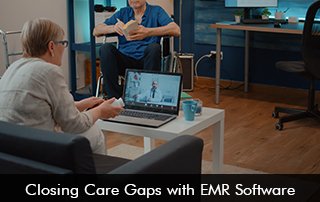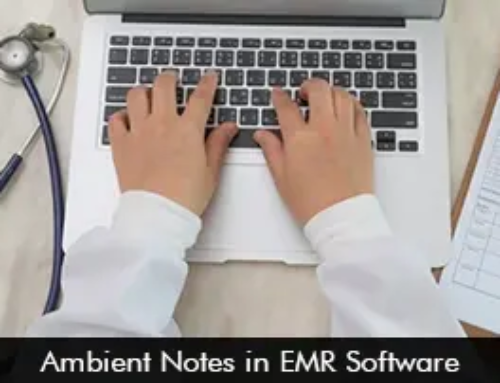In the current healthcare environment, bridging gaps in patient care is vital to ensure patients consistently receive top-notch care. These gaps in care, such as missed follow-up appointments, chronic conditions that aren’t being monitored, or a lack of preventive screenings, can cause a patient’s health to decline, lead to hospitalization, and drive up healthcare expenses.
Electronic Medical Records (EMR) Software is crucial in pinpointing and closing these gaps, thanks to its ability to provide access to real-time data, issue clinical alerts, and seamlessly exchange information with other systems.
How can EHR Software Reduce Care Gaps?
EMR software plays a crucial role in bridging care gaps within healthcare settings. This advanced technology empowers healthcare providers to maintain a proactive approach by utilizing smart alerts, automated reminders, and comprehensive dashboards. These features meticulously monitor preventive screenings, vaccinations, and follow-up visits, ensuring no patient is inadvertently overlooked.
Furthermore, EHR software fosters seamless care coordination among various healthcare professionals. Nurses, specialists, and primary care physicians can collaborate effectively on a unified platform, all with convenient access to shared patient data.
The Importance of Interoperability
Interoperability forms the foundation of a well-connected healthcare system. When EMR software is interoperable, it can freely share data across different platforms, healthcare providers, and care environments—be it between a hospital and a primary care clinic or among various Electronic Health Records Software vendors. This smooth flow of information guarantees that healthcare providers have access to the latest patient details, such as lab results, medication history, past diagnoses, and care plans, regardless of where the patient received treatment.
For example, suppose a patient consults a specialist outside their usual primary care network. In that case, interoperability enables the instant sharing of the specialist’s notes and lab results with the primary care provider. This cuts down on efforts, enhances clinical decision-making, and maintains the continuity of care.
Advantages of Reduced Care Gaps with EMR Software Technology
The following benefits can be achieved when the robust technology of EHR Software is utilized to reduce care gaps:
- Enhanced health outcomes as holistic care can be offered.
- Hospital emergency visits are reduced.
- Better management of chronic conditions in patients.
- Improved compliance with value-based care models.
- Ultimately cut down on healthcare costs.
EMR Software, particularly when it can interact with other systems, is a crucial tool for bridging gaps in patient care. By linking various software systems, facilitating coordinated care, and notifying healthcare providers about essential tasks, EHR Software helps guarantee that each patient gets the necessary care precisely when they require it.








